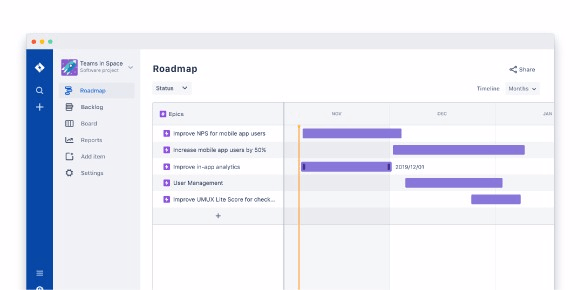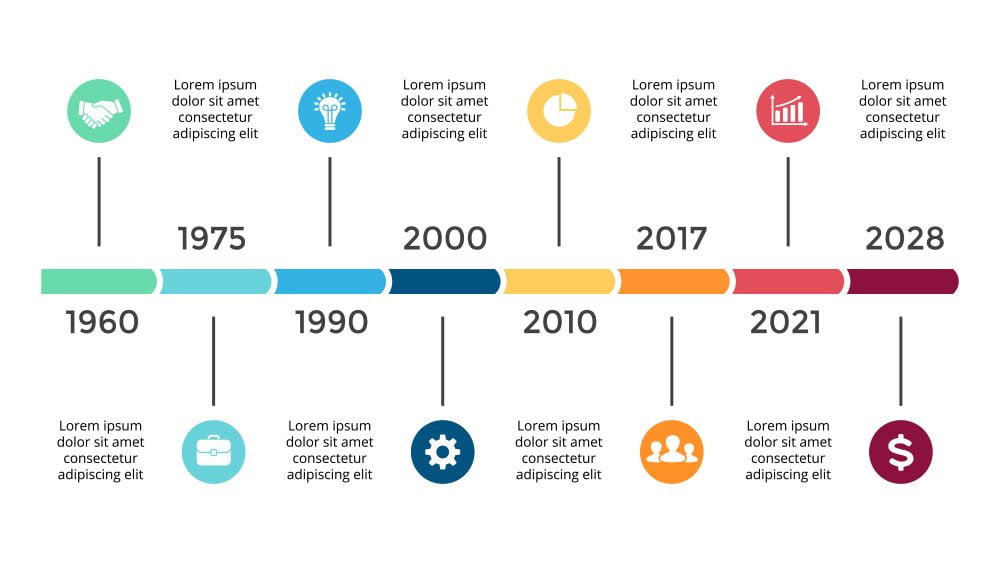Product Roadmap : Master the top 5 proven strategies for success

Best Practices for Mapping a Successful Product Roadmap
The success of any product lies both in its planning and execution – from discovery calls with users to launch and beyond. Therefore, a clear, illustrated product roadmap is essential for seeing it through.
A successful roadmap requires careful planning, goal setting, and execution. Identifying customer needs and understanding market trends are critical components of the process.
Whether you already own a product or are planning to build a new one, this post will discover some of the best practices that will play a key role in mapping your product’s roadmap and exciting your stakeholders.
What is a Product Roadmap?

A product roadmap is a strategic plan that outlines a product’s or service’s direction and goals over time. Organizations must have a clear vision of the end goal when creating and managing products.
Product roadmaps provide a practical framework for making decisions around product development while keeping stakeholders informed about progress and changes to the timeline.
For example, suppose an organization wanted to launch a new software in six months. In that case, a product roadmap will need to be developed that clarifies how the Product Manager plans to allocate resources and achieve milestones while identifying risks throughout the process.
The roadmap would include planning each step along the way, such as discovery, ideation, design work, coding tasks, and testing cycles, eventually leading to deliverables that ensure success by meeting delivery timelines and budget requirements.
5 Best Practices for Creating a Product Roadmap:
Establish a Timeline:

Establishing a timeline is one of the best practices for product road mapping because it can provide clarity and purpose for the entire development process.
For example, if an app developer wants to launch the first version of their application by the end of 2023, He can use a timeline to break down each task needed to reach that goal. For example, the timeline could include milestones like recruiting software engineers by June 2023, testing prototypes by August 2023, and launching the app by December 2023.
Establishing a realistic timeline helps create accountability within teams because each milestone indicates what needs to be achieved and when.
Involve Stakeholders:

Stakeholders play a vital role in the success of any product roadmap, as they can provide valuable insights and support for the objectives and goals set.
Involving stakeholders from the early stages can help you sync up with their POV, leaving no one feeling left out or neglected in decision-making. It’s important to involve stakeholders throughout the entire product roadmap process to tailor their feedback to the strategy.
Assume a technology company wishes to involve multiple stakeholders, such as developers, finance teams, marketing professionals, and even existing customers, to get their input on what features the team should work on in an upcoming version.
If you involve all these teams, you will allow each stakeholder to share their thoughts and perspectives on how they would like to see the product, reducing friction, redundancy, and rework. Always think about the users and stakeholders, and make sure they understand your roadmap.
Keep the Roadmap Updated:
An updated roadmap plays a crucial role in maintaining customer trust. Keeping the roadmap updated and public lets users know what features and improvements are coming soon, which builds their loyalty to the product or service.
Updating users on progress and changes allows them to plan and ensure they get the best experience possible with your product or service.
For example, a company that offers online education services can keep its user base informed by updating its roadmap regularly with new courses it will show and any updates they want to share about the existing systems or platform changes.
For example, I have seen some startups having their entire roadmap public for everyone to see. This practice helps build trust in their commitment to providing quality educational content while also giving them visibility into what’s coming next platform or course-wise.
Focus on Customer Feedback:

Customer feedback is one of the most important considerations for any product roadmap. Taking customer input into account helps companies ensure their products meet customer needs, remain competitive, and grow their user base.
One of the best practices for incorporating customer feedback into product roadmaps is to monitor the comments and reviews on social media, online forums, and other public channels.
Companies can also use surveys or interviews with customers to understand how they use their products and what changes or features they would like to see in future versions.
For example, a company that produces a software application may set up an online survey to ask customers how they use the app in their daily lives and which features they think would be helpful additions. When you have users that give great survey answers, you could ask them for an exploratory call with your PM or UX to dig deeper. After analyzing this data, the company can prioritize those features within its product roadmap, or sometimes this practice could lead to new product extensions.
Align with Company Objectives:

Another best practice to ensure a successful product roadmap is to align it with the company’s objectives. Doing this will help the team stay focused on their goals and track progress toward success.
Companies should ensure that each milestone and feature outlines how it contributes to achieving specific targets related to revenue growth, customer acquisition, or market share expansion.
Suppose an e-commerce business looks for ways to increase sales by 10% over the next year. To achieve this goal, they need to incorporate into their roadmap features that have the potential to work toward these goals, for example, personalized recommendations or special offers for loyal customers.
Sometimes when you see the big picture, you realize a bunch of the features currently in the backlog no longer align with the company goals. So having this visibility into which projects are helping the company reach its target objective while also giving them insights into how it can improve performance further down the line is one of the most important tasks of a PM.
Conclusion:
A successful product roadmap enables organizations to understand their Product progression in an agile and simple way that even helps identify other improvement areas in the company. By following best practices such as engaging key stakeholders, gathering customer feedback, and establishing a timeline, companies can identify necessary changes and implement them quickly.

